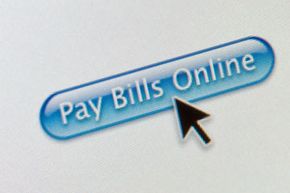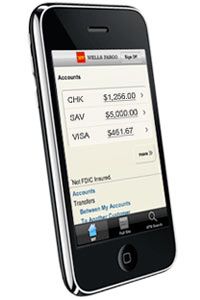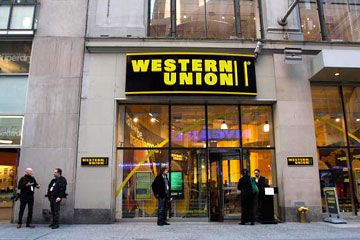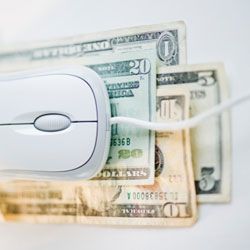It isn't an exaggeration to say that most people who pay bills and have bank accounts in the United States have seen at least a decade's worth of paper inserts and online popups encouraging paperless banking and online bill pay. Whether the marketing and graphics in our mailboxes, e-mail boxes and on the Web sites we visit make an appeal for saving trees and going green, or they paint a picture of a simplified life without paper, stamps and waiting in line at the bank, most of us have been given many chances to ditch the print for online.
Why, then, is the push for paperless banking still so prevalent? Banks save gobs of money when customers opt to stop getting paper statements and other pieces of snail mail through the post office -- by some estimates it can cost at least 75 cents to more than $2 per printed bank statement, but fewer than 40 percent of individuals who bank online choose to go all the way and get their statements electronically [source: Pulliam Weston].
Advertisement
People worldwide have come to love ATM machines, direct deposit, and online and software-driven financial management programs, but many who have gone mostly paperless do so with a backup: They still get paper copies of transaction histories and monthly statements. And as many as 30 to 40 percent of people with Internet access don't use online banking at all [sources: Pulliam Weston; Reinwald; Todorova]. Is the message from banks leaning too much into green guilt by making people feel bad about their paper? Or are people holding out as much as possible to keep control of an institution built on paper and people?
Two things are certain when it comes to going paperless: Banks save money and customers save time. It is a partnership where both sides benefit, but banks seem to get the most financial rewards. And not all customers want to drop paper for virtual banking. Even if it saves time and streamlines recordkeeping, it isn't something you can put your hands on and file in a tangible way. There are even murmurings that people could be charged if they want to keep banking with paper, and some institutions already force the issue by requiring direct deposit. In 2011, the U.S. government began phasing out paper checks for welfare and Social Security payments, just one step in shaving $120 million off of costs [source: Hauser].
So should banks be doing more to help you go paperless? Would you make the switch if they did? Next, we'll look at how banks can help you keep a handle on your money without actually having your hands on the money.
Advertisement




